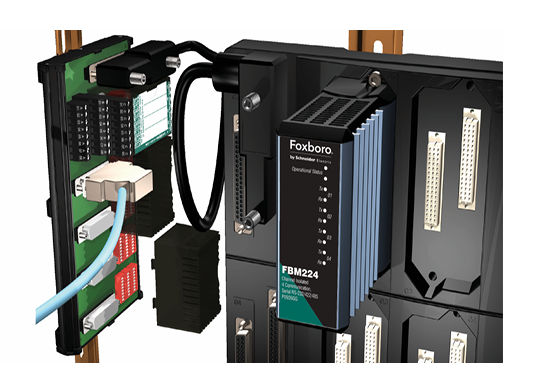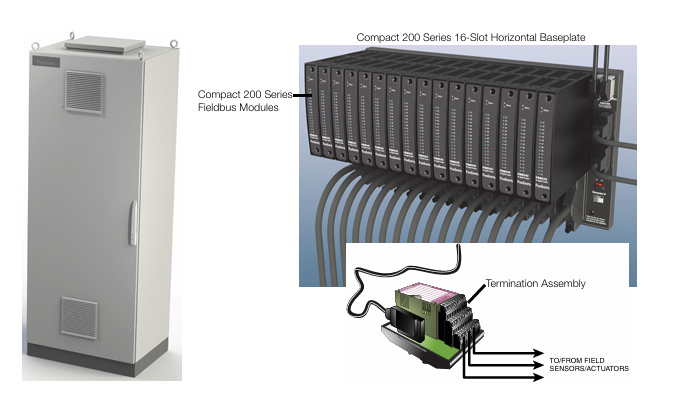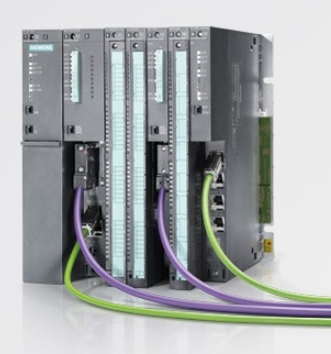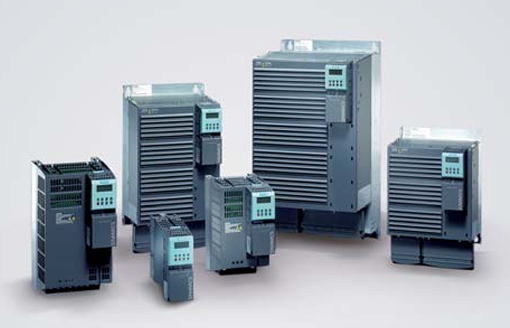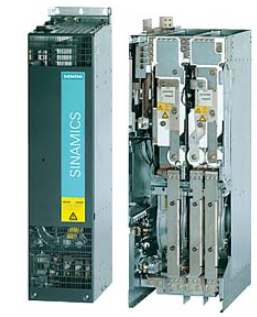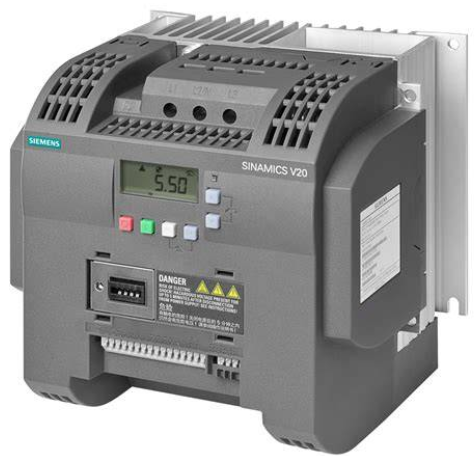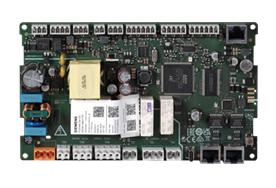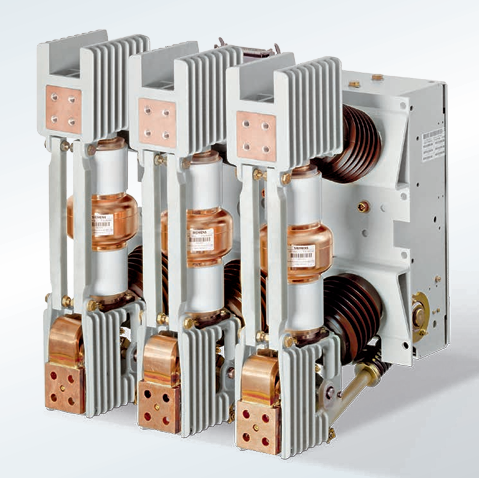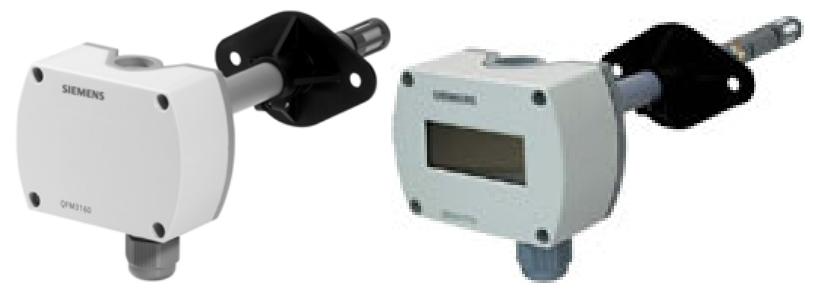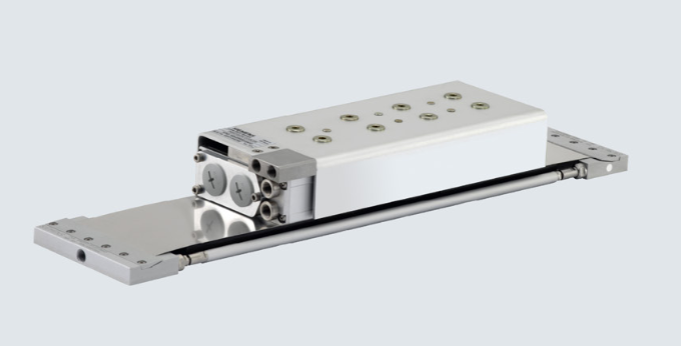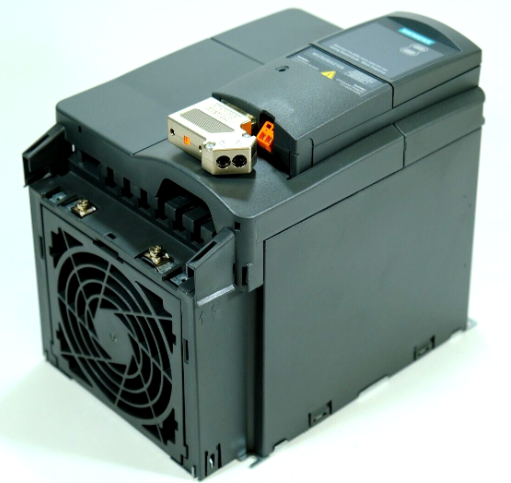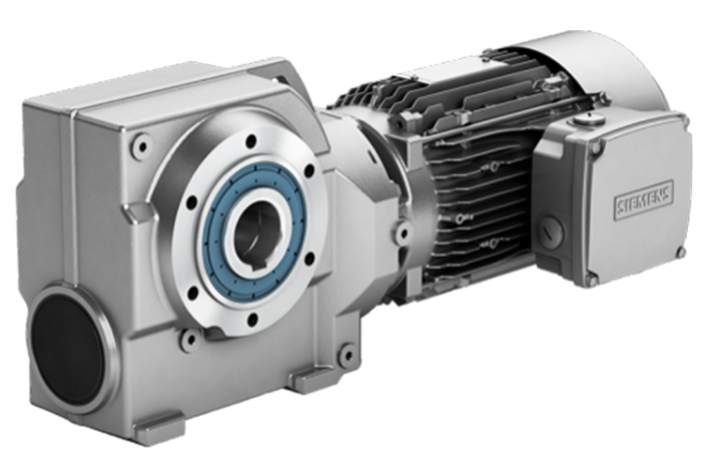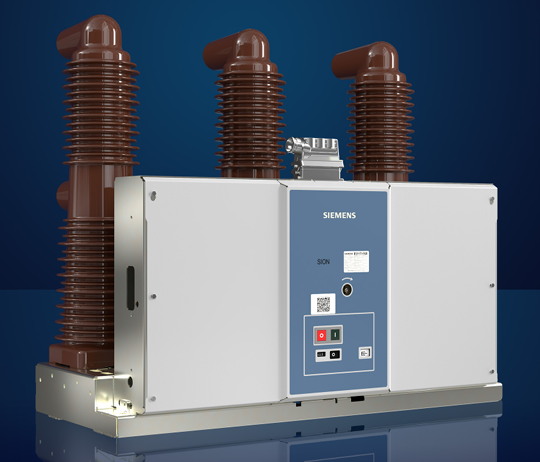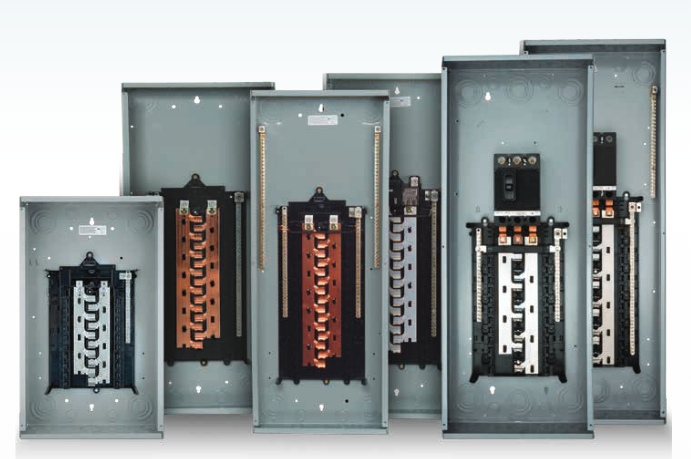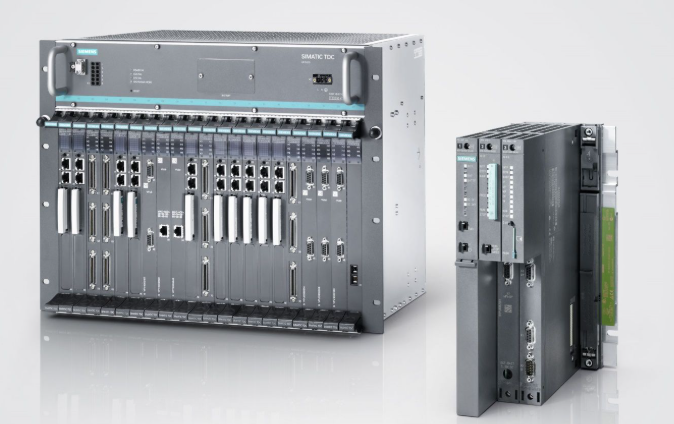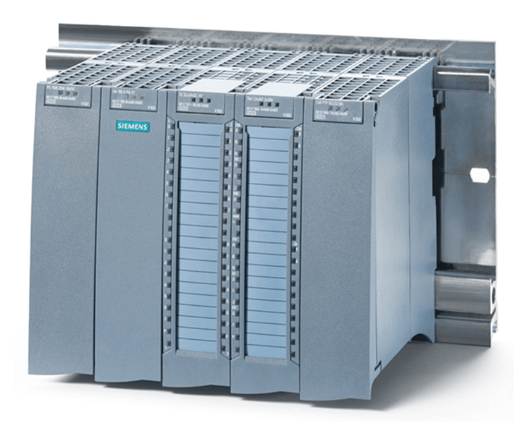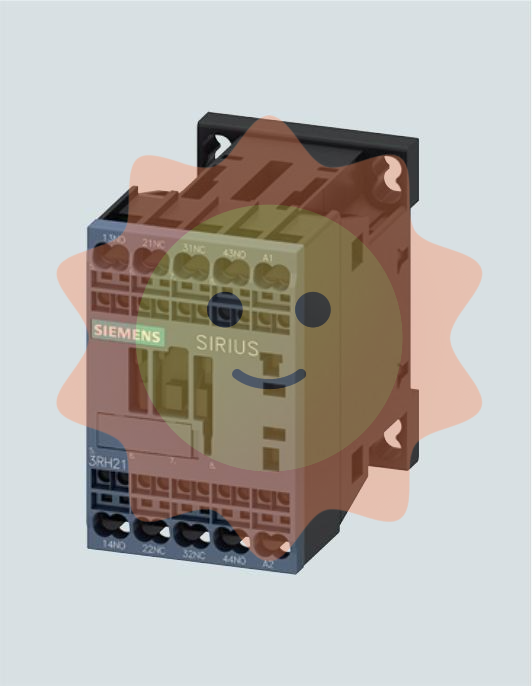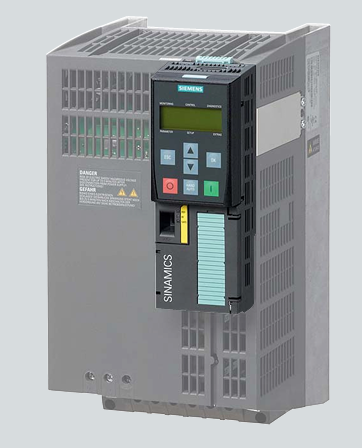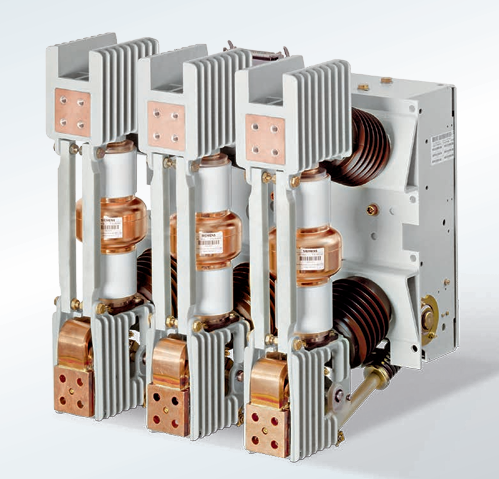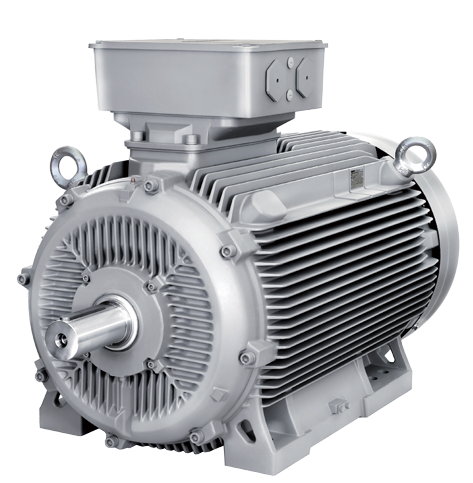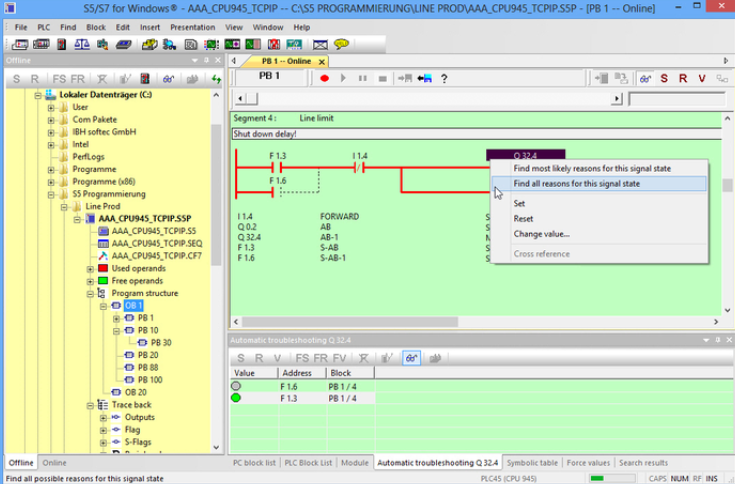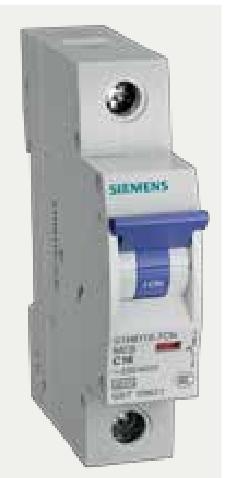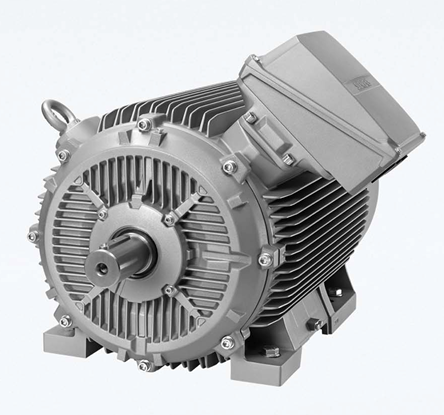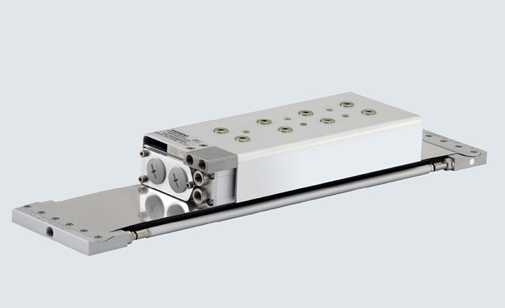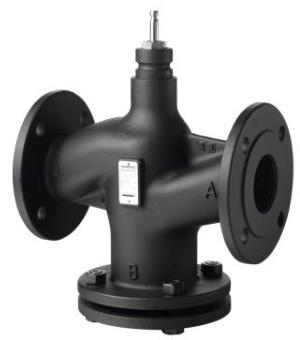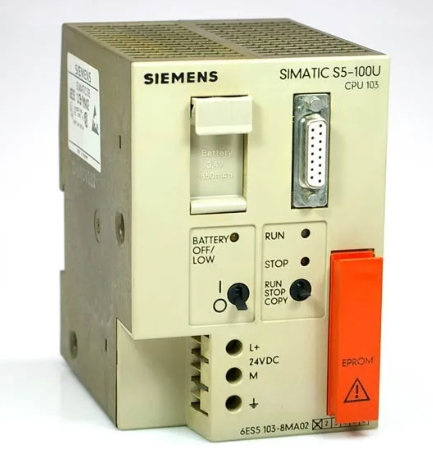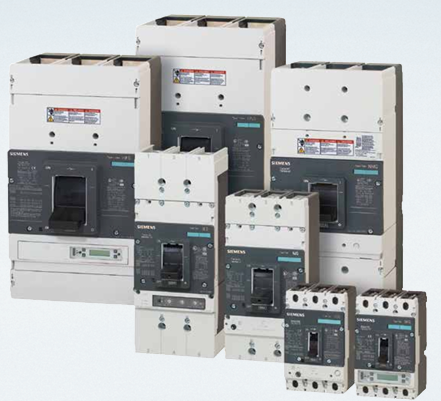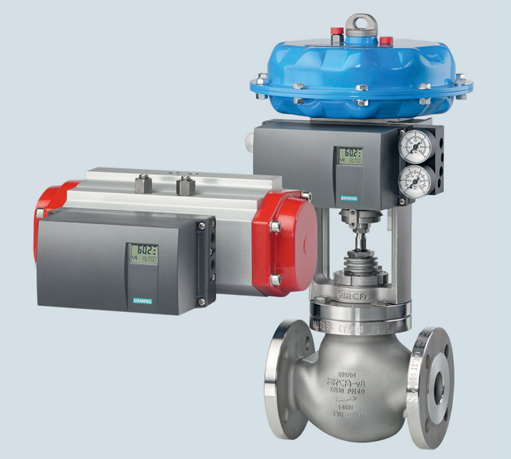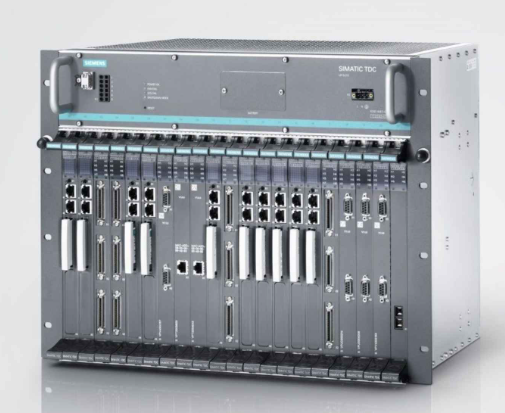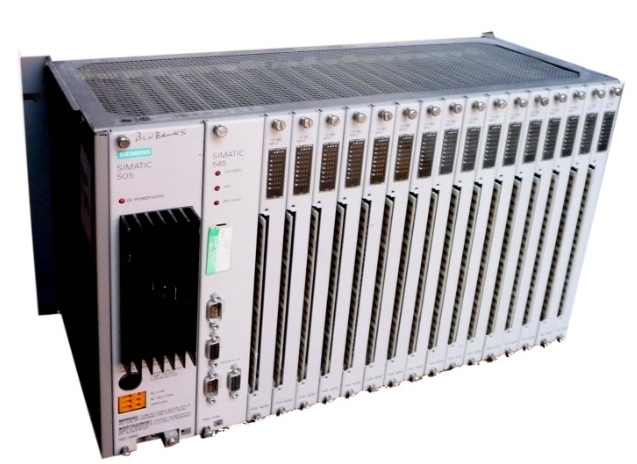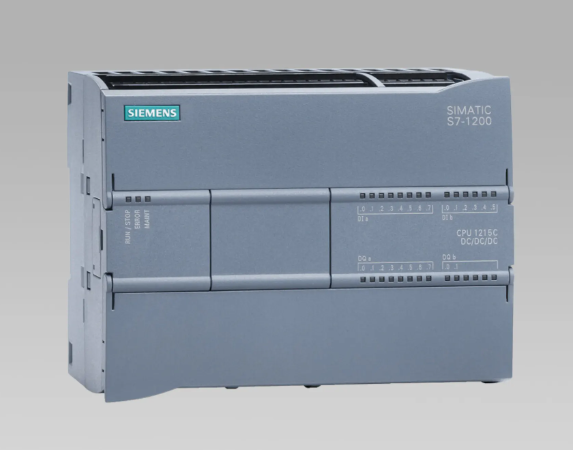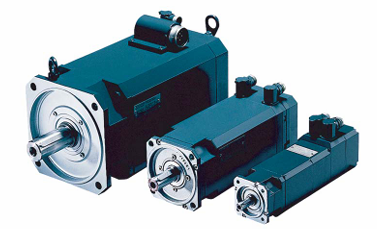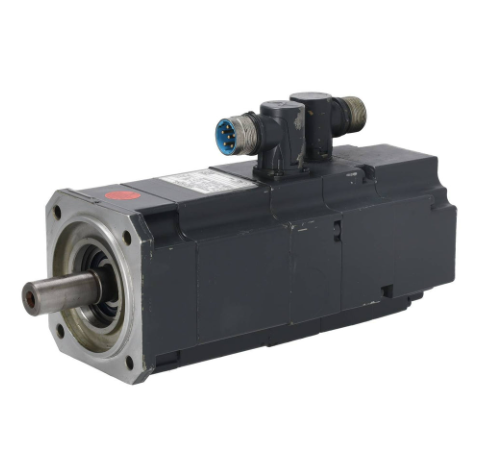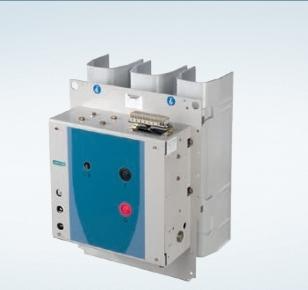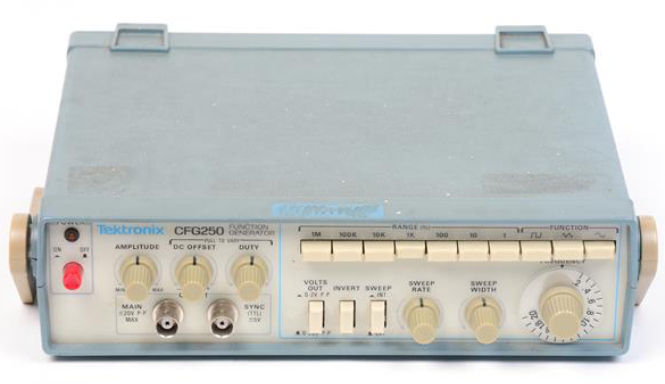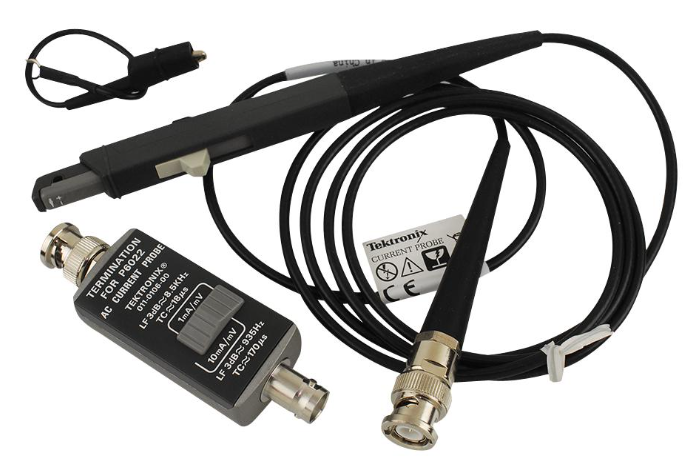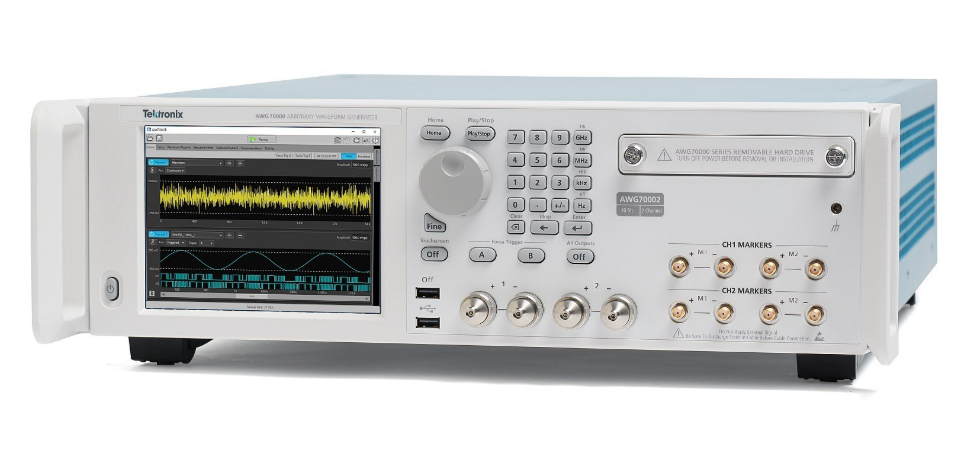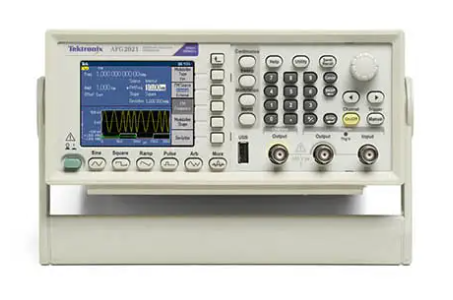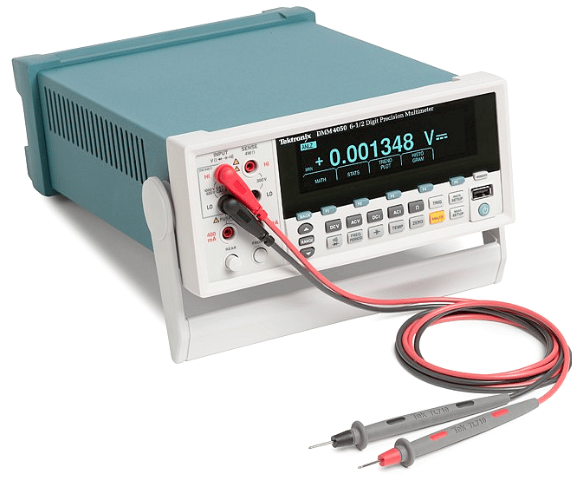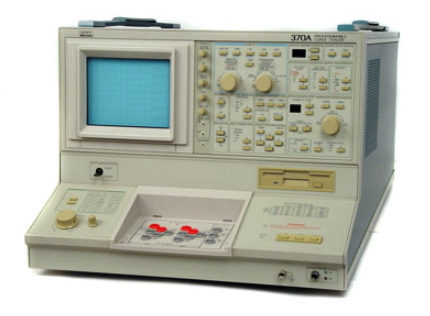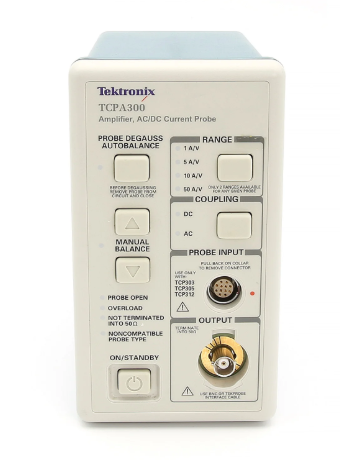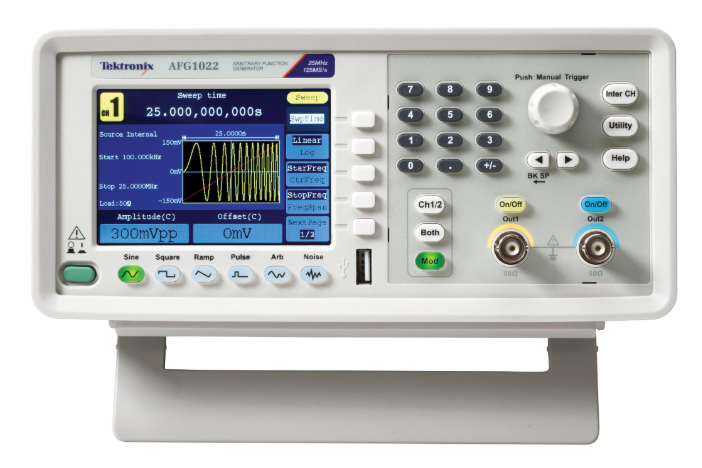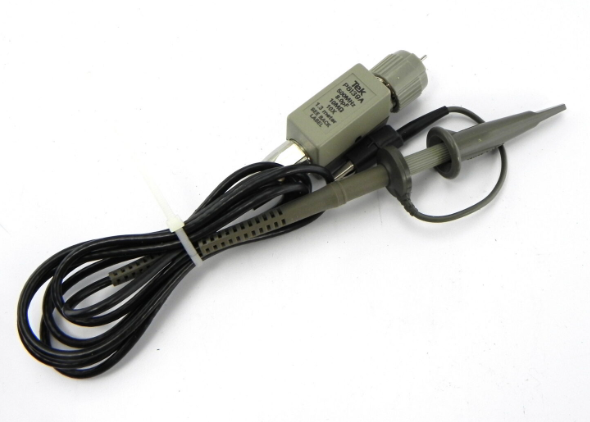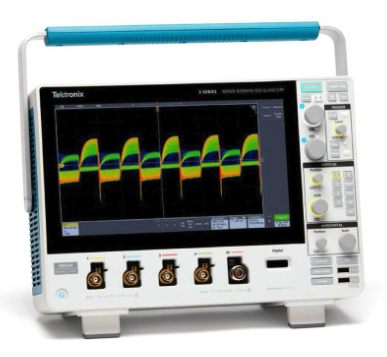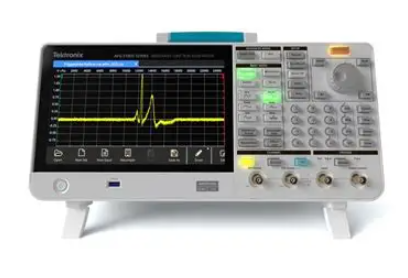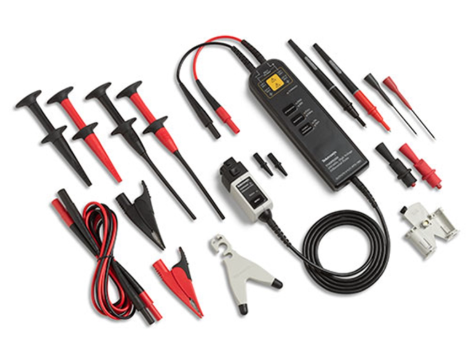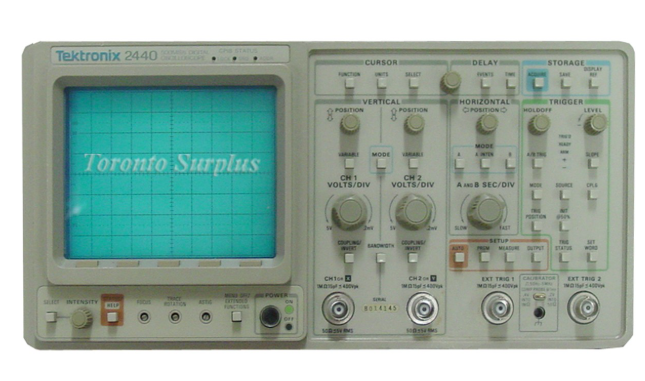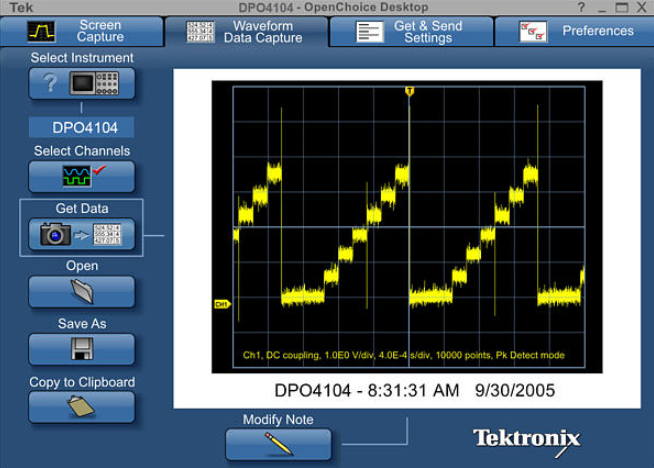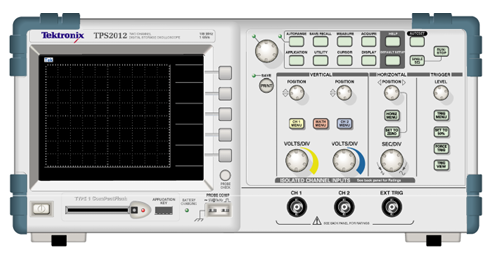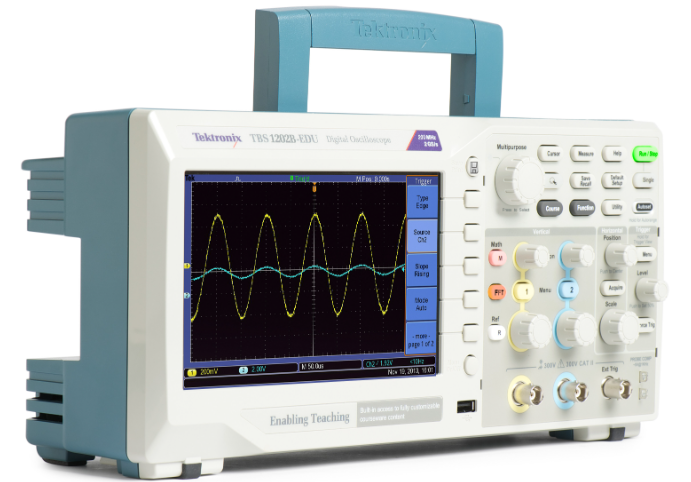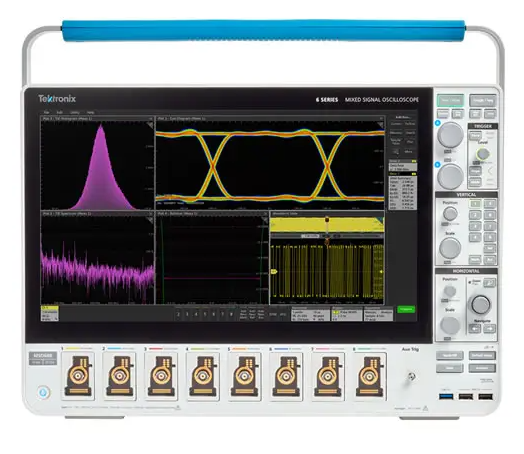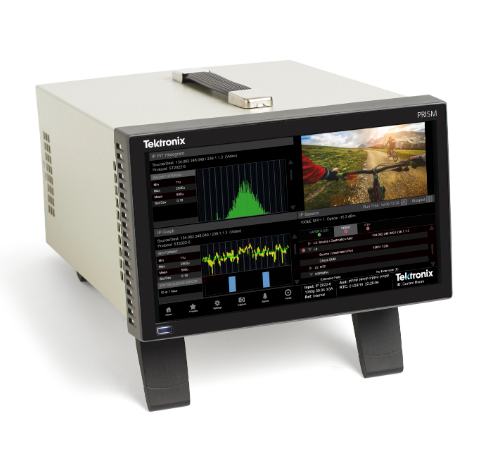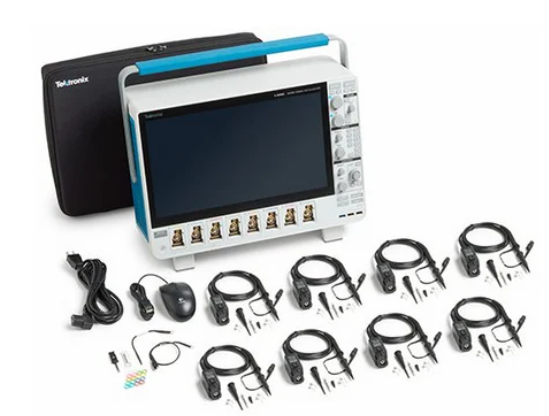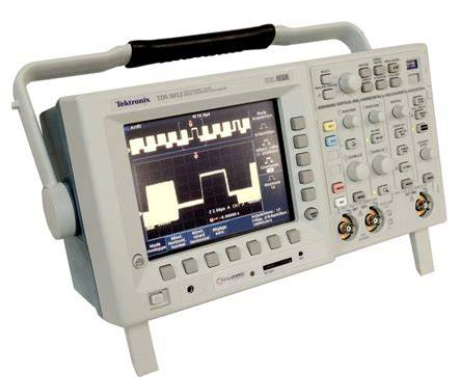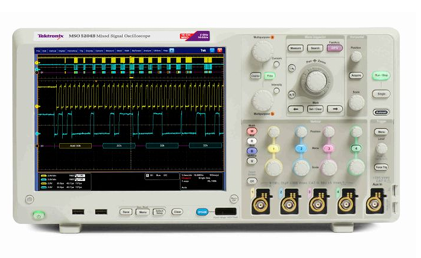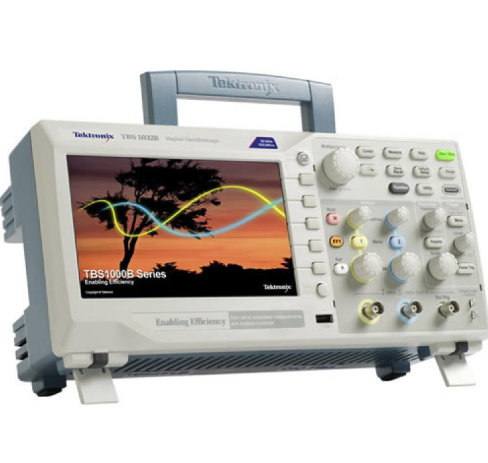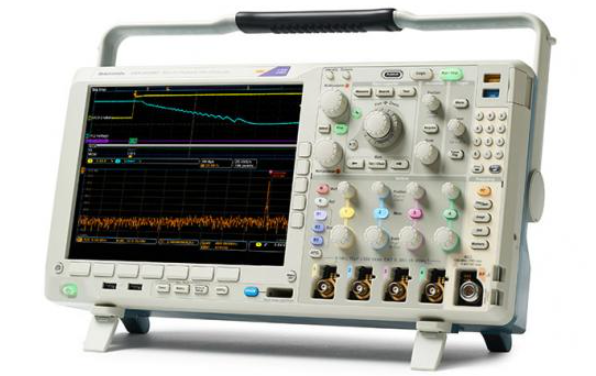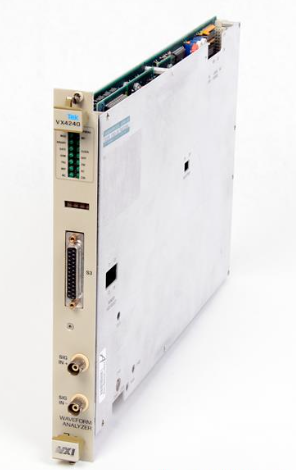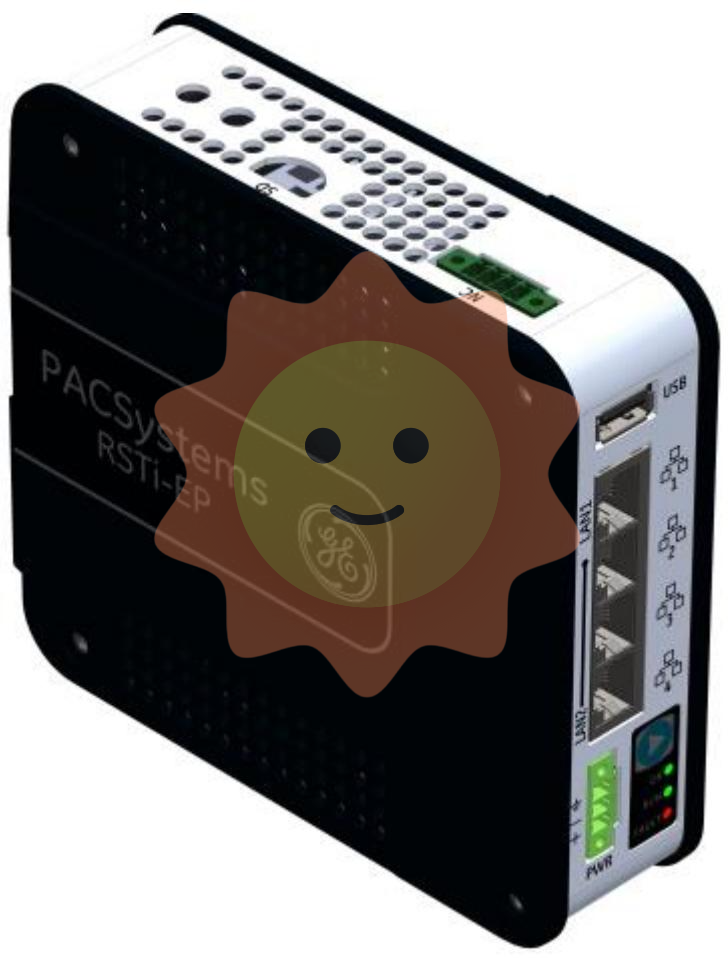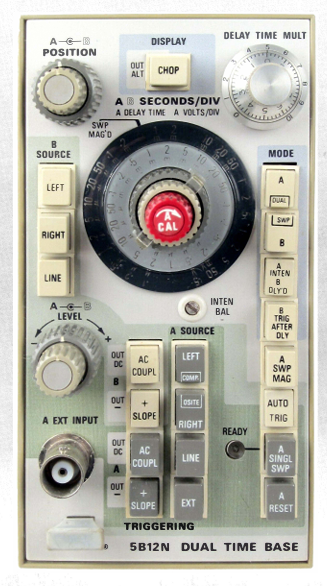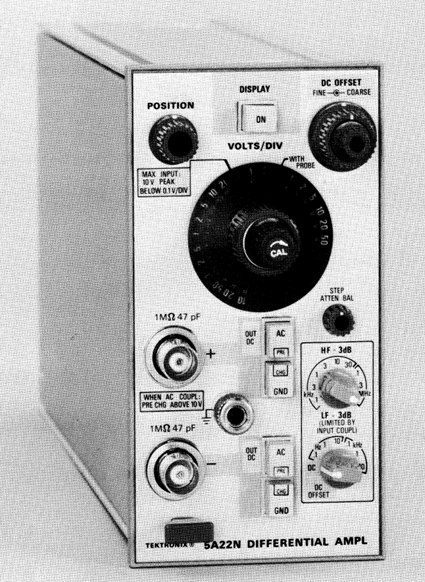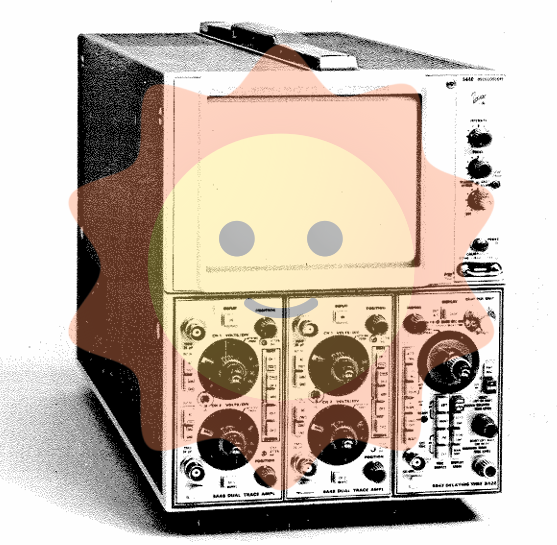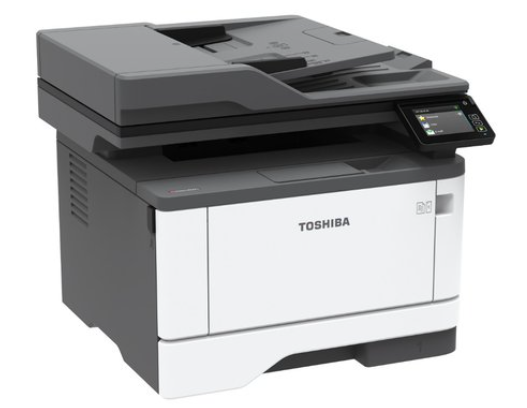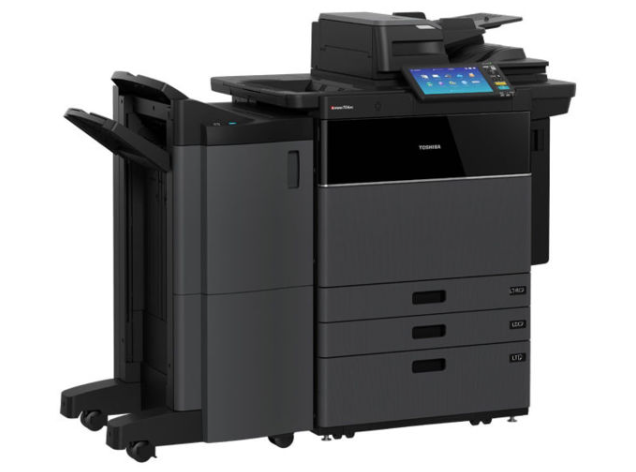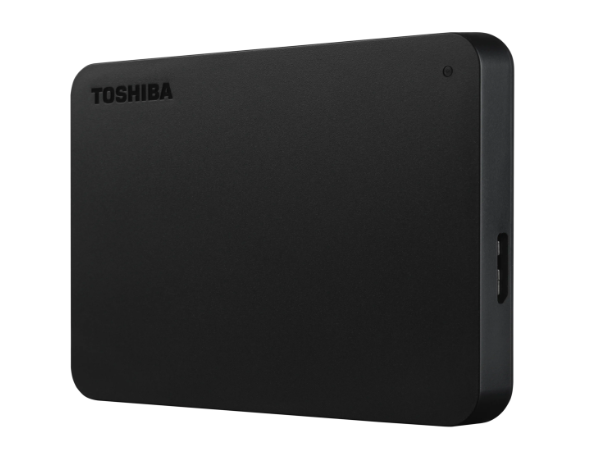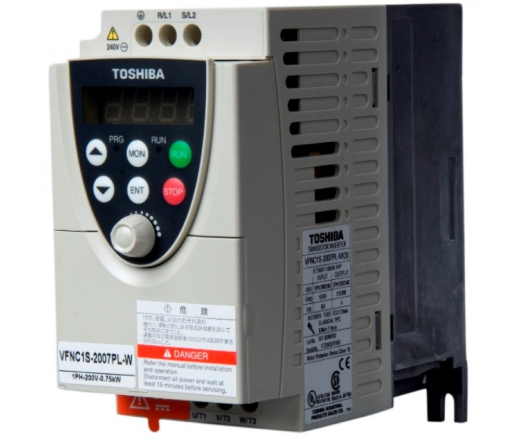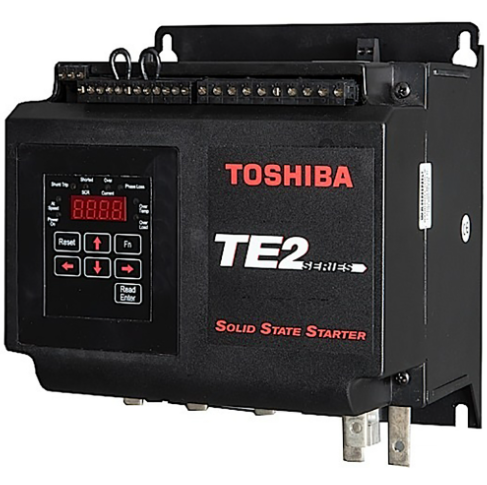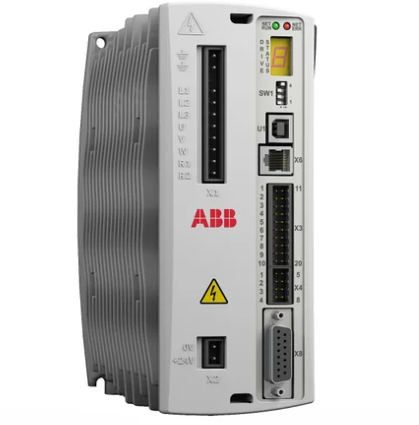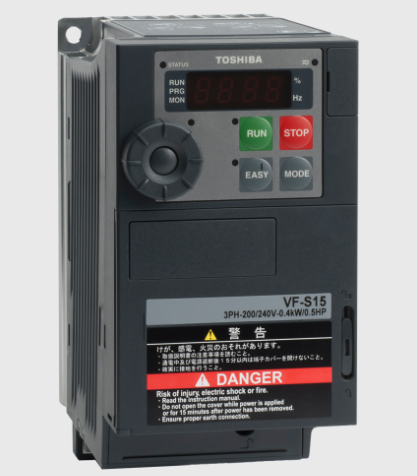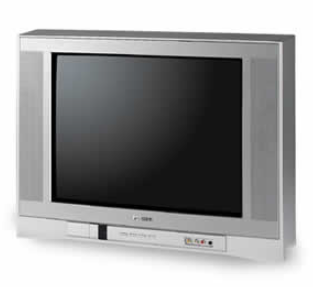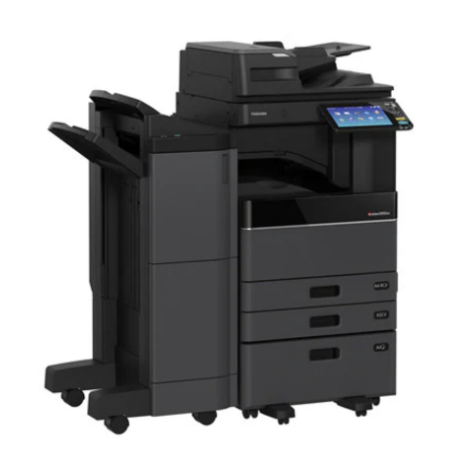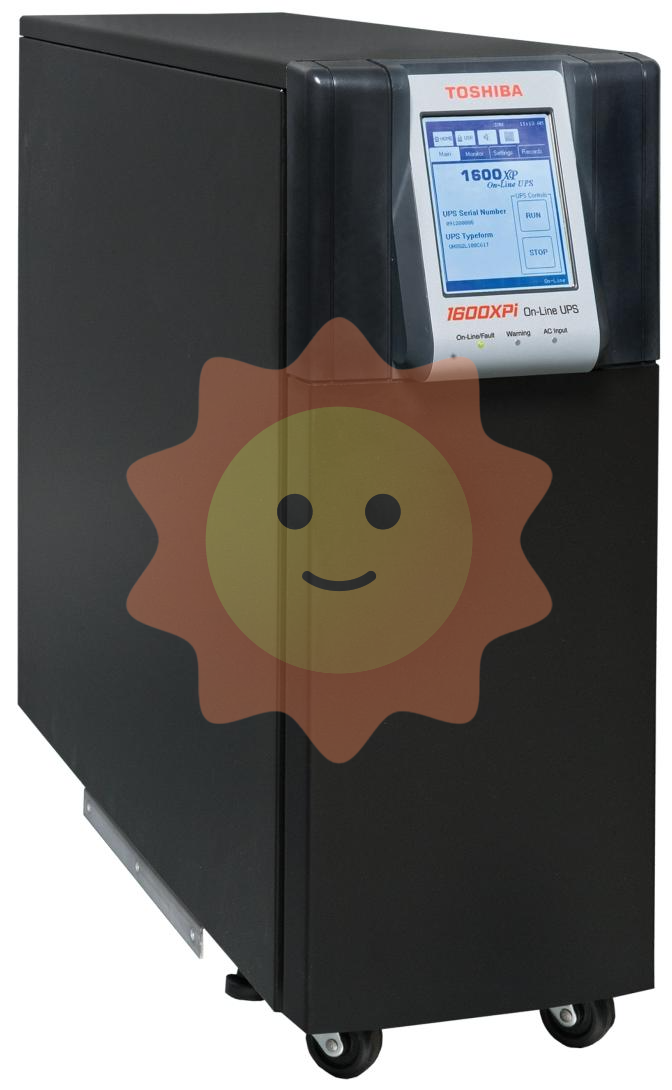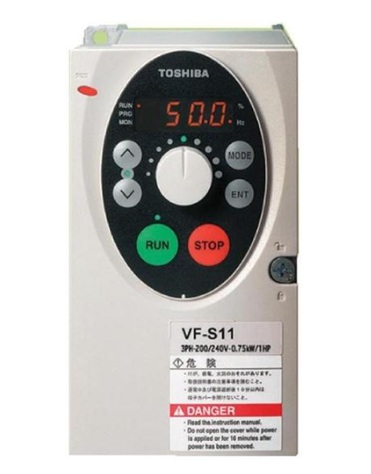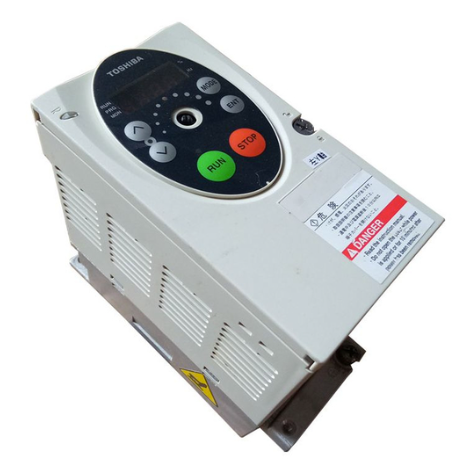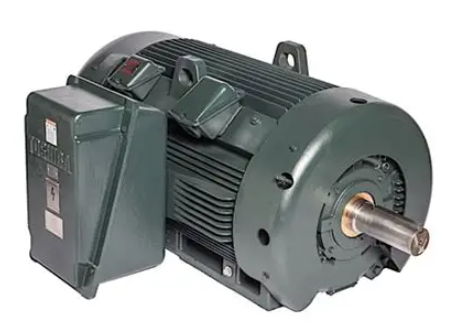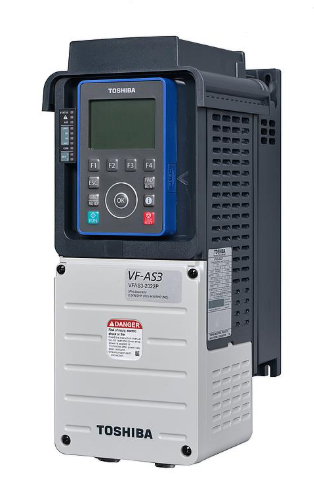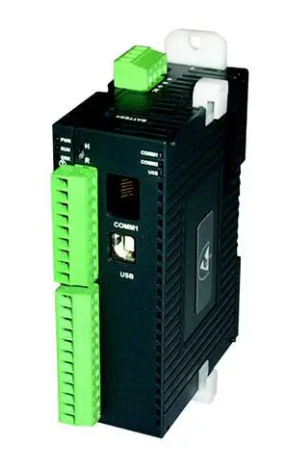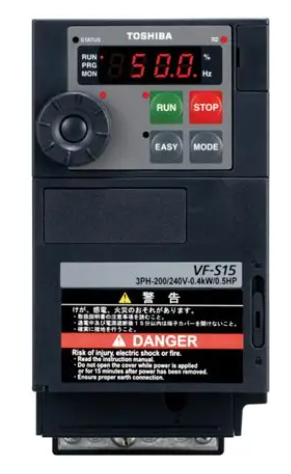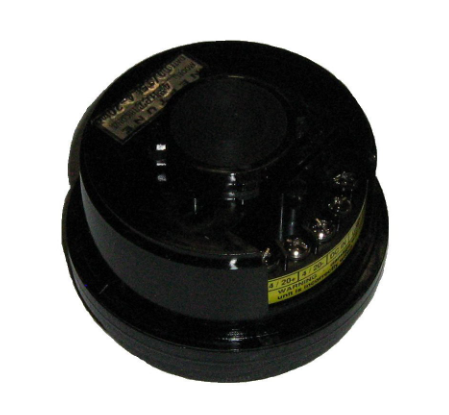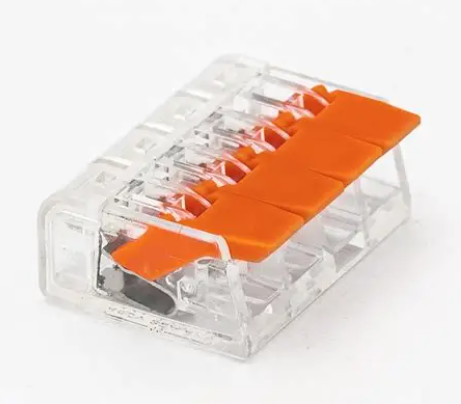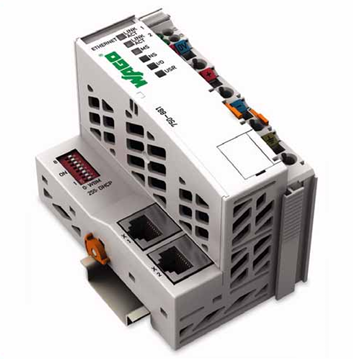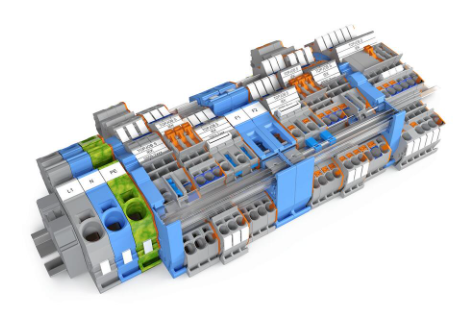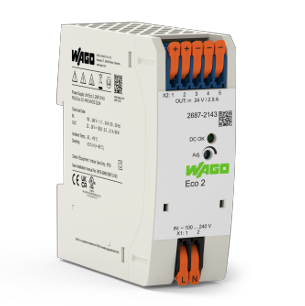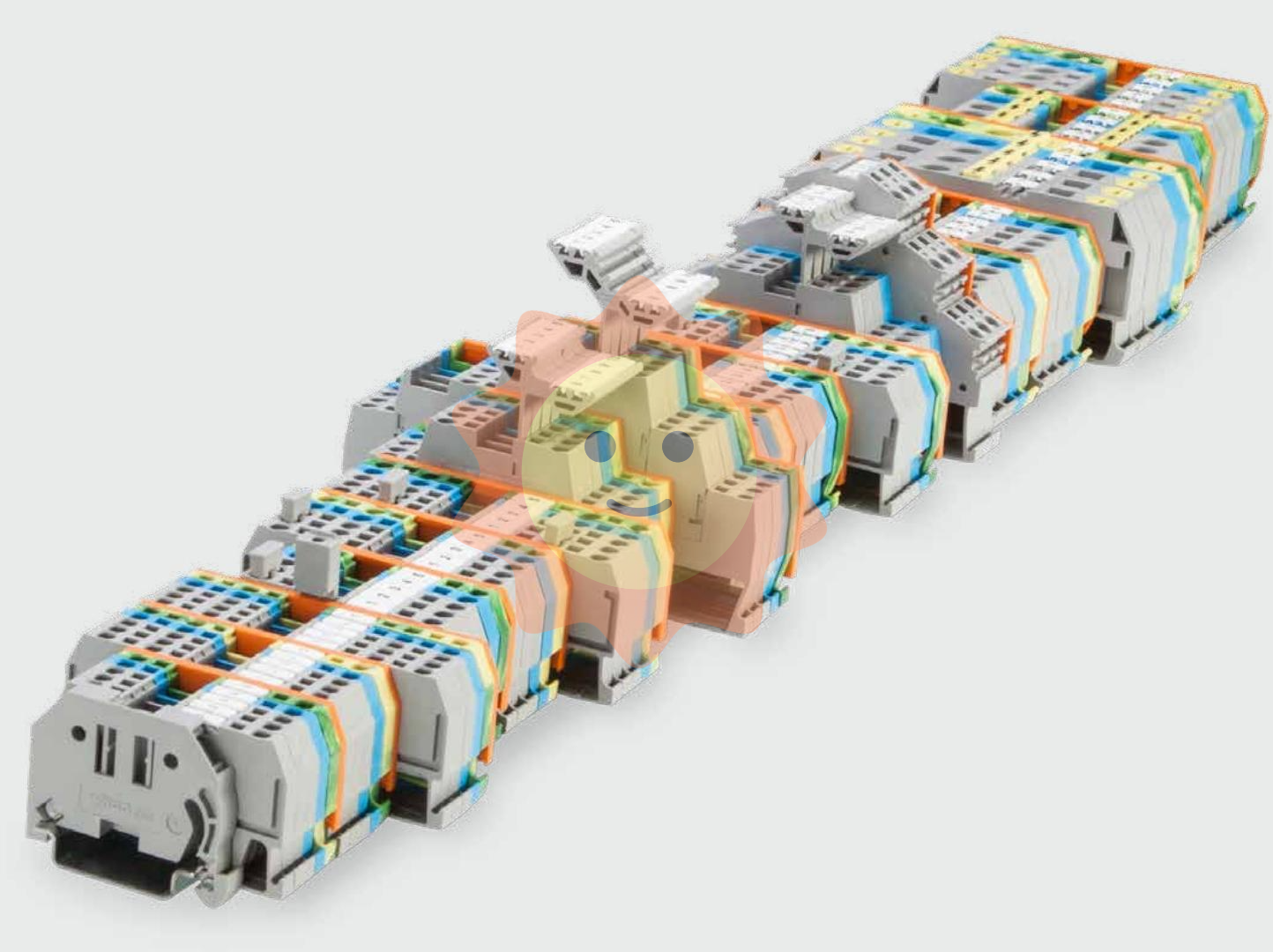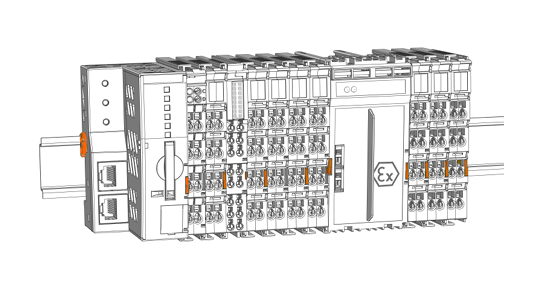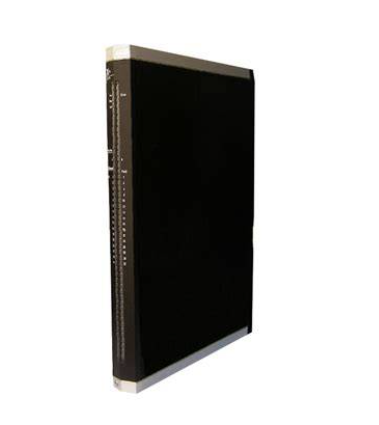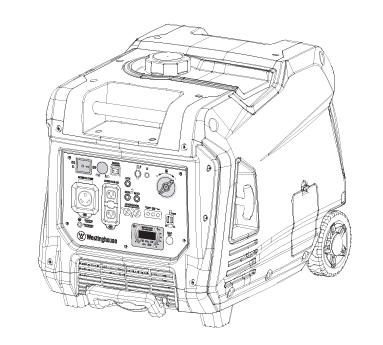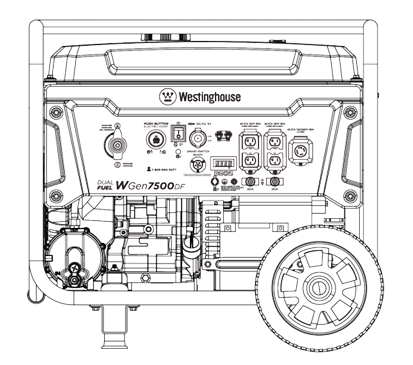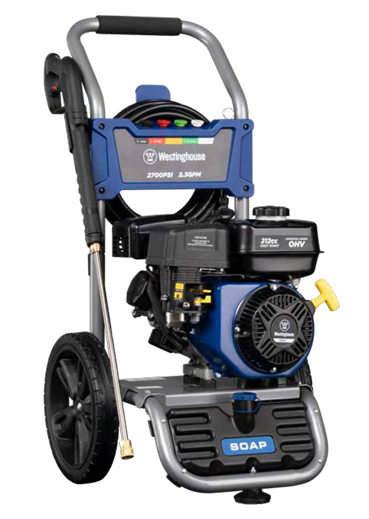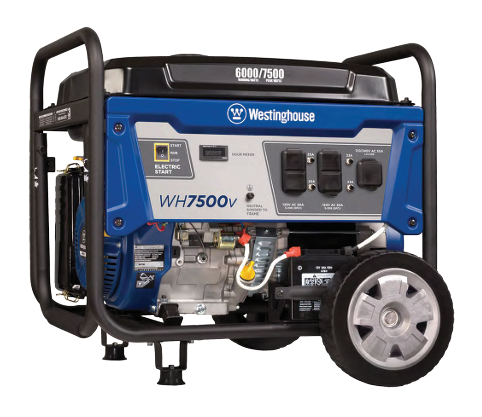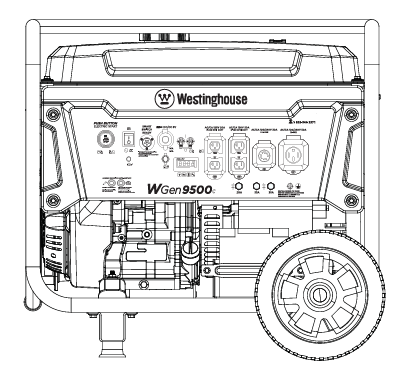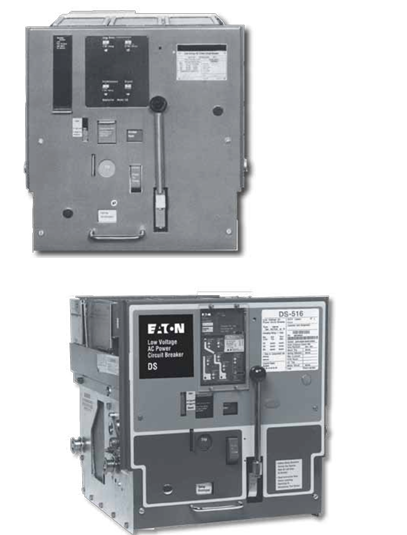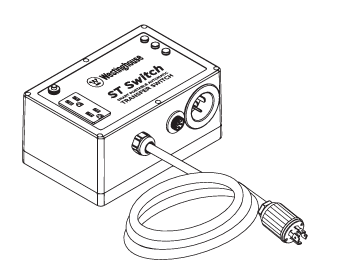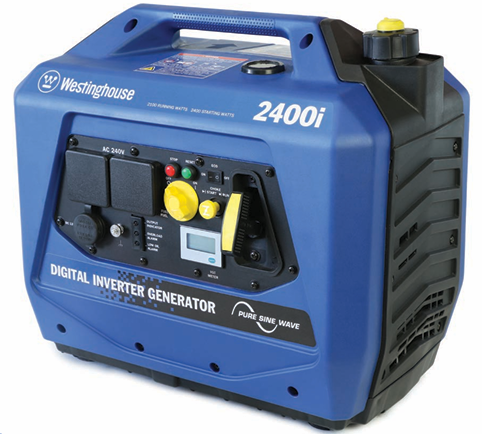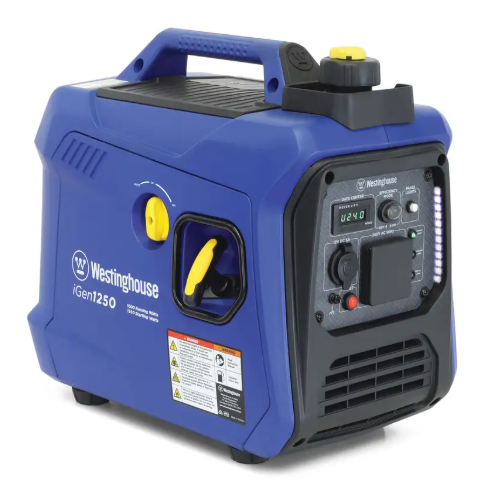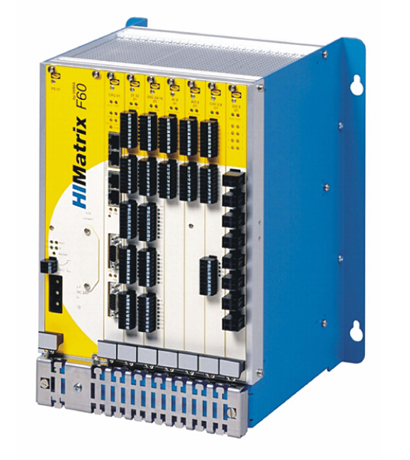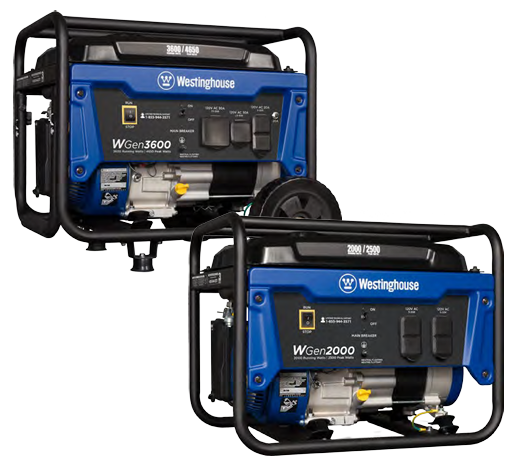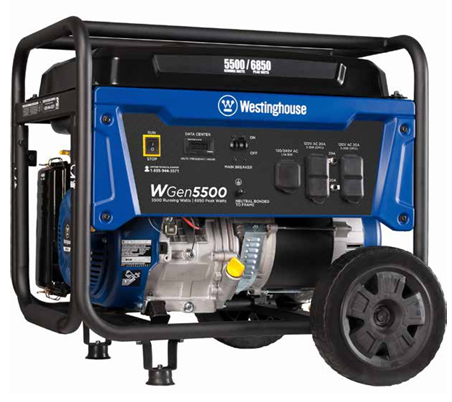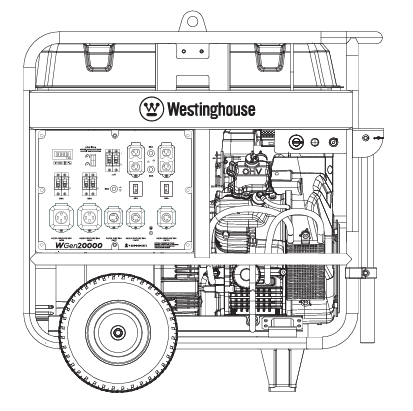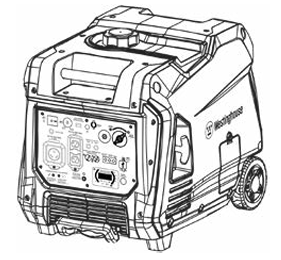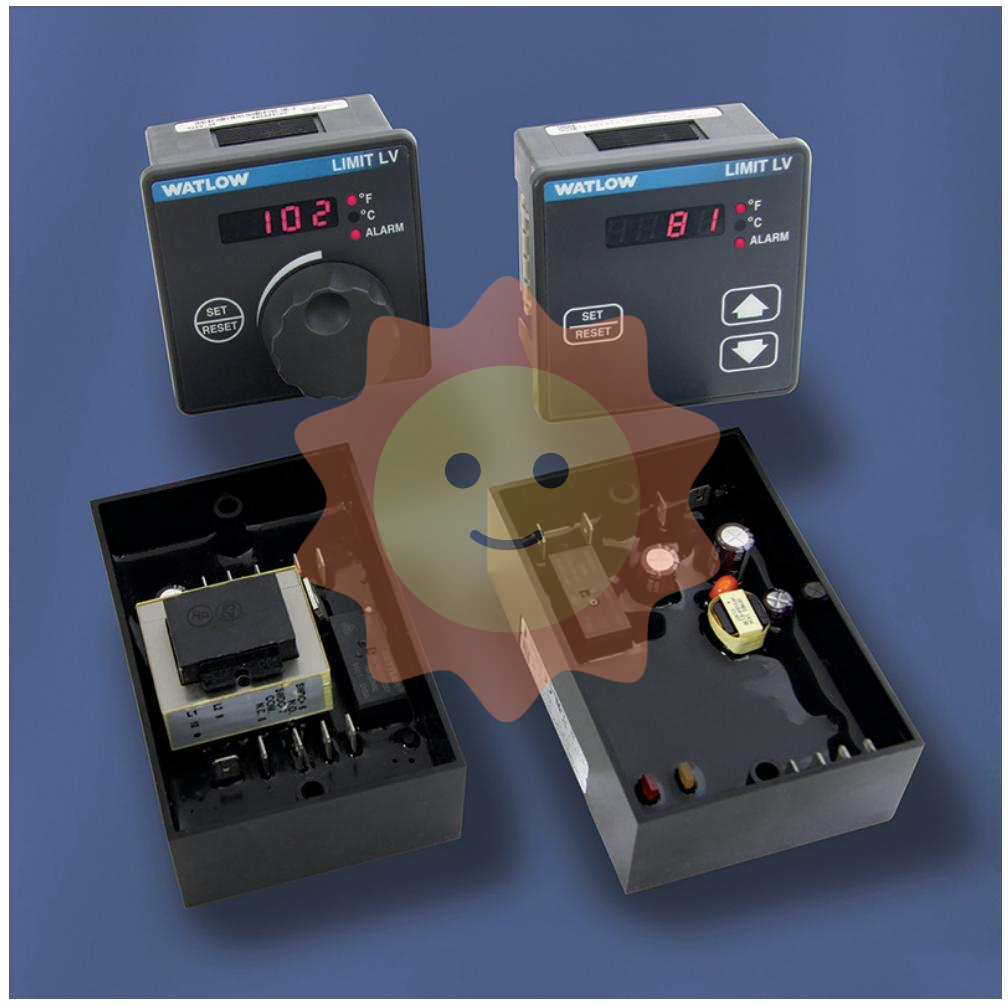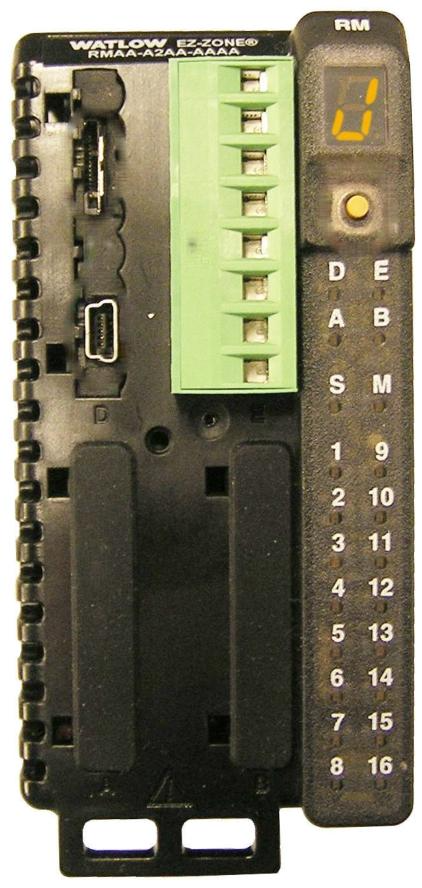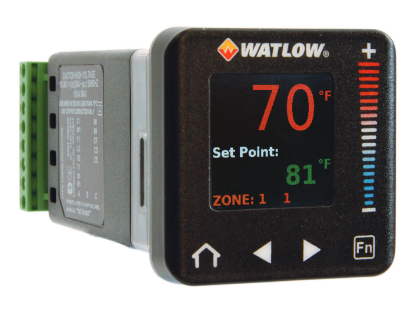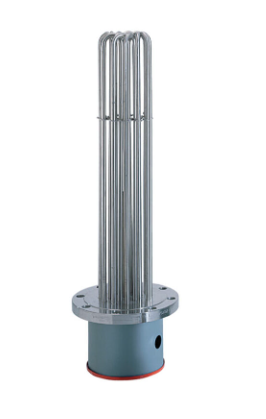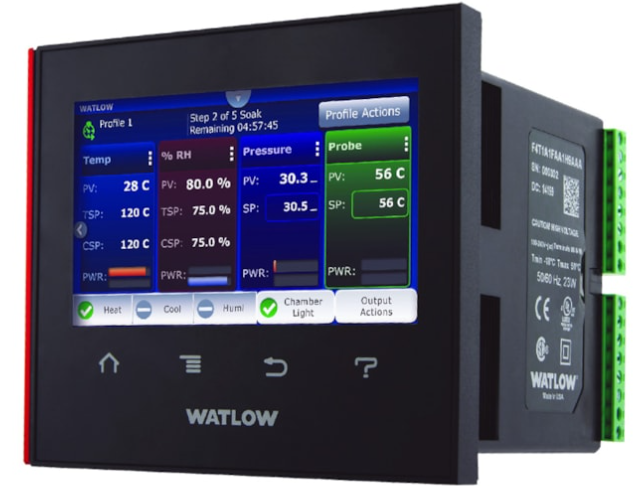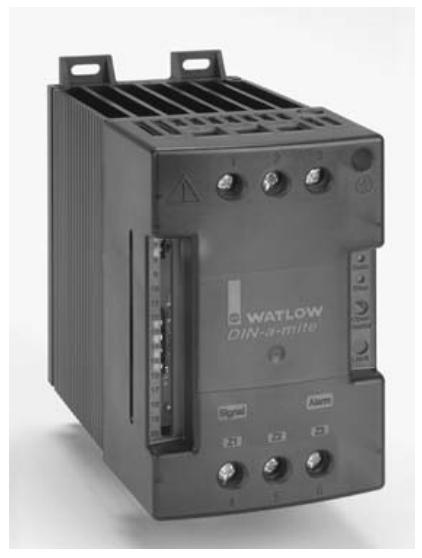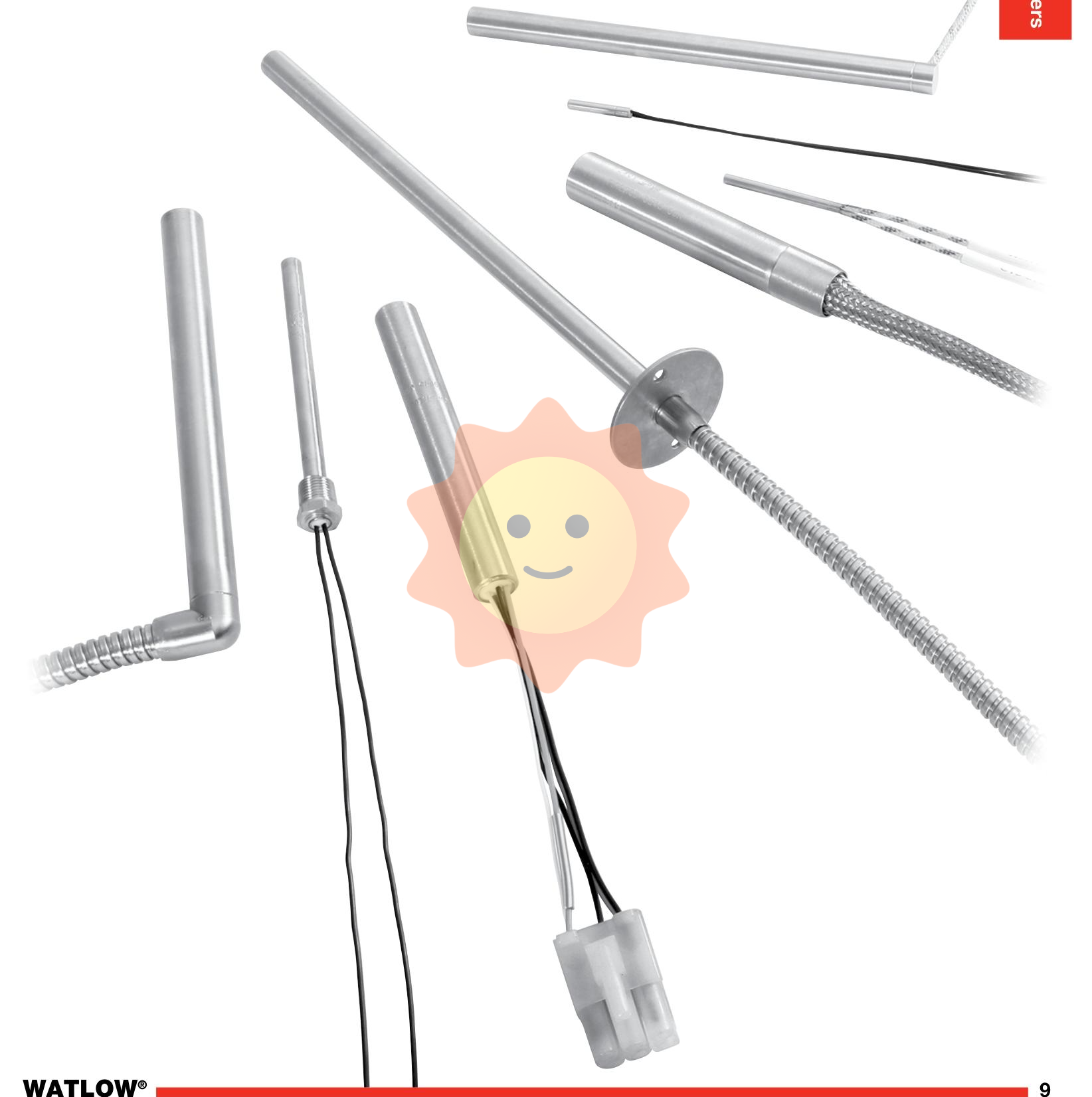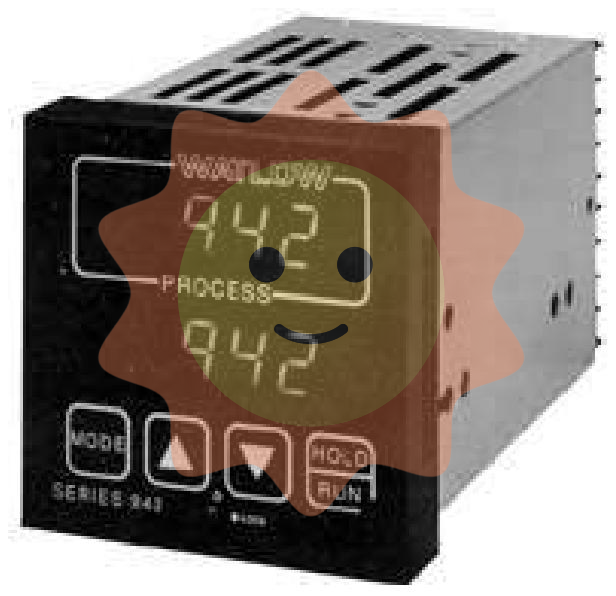ABB AC 800F Distributed control system
ABB AC 800F Distributed control system
ABB AC 800F Overview
ABB AC 800F controller is a high-performance field controller launched by ABB, with rich fieldbus interfaces and powerful control capabilities. It adopts modular design and can be flexibly configured according to different application requirements, providing users with an economical, safe, flexible and efficient automatic control solution.
As part of a distributed control system
In the distributed control system, ABB AC 800F can be used as a key component of the process control layer to achieve field data acquisition and control. Through communication and collaboration with other devices, it can transmit the data of the production process in real time to the production monitoring layer and the centralised management layer, thus realising the centralised management and decentralised control of the whole production process.
Features and benefits of the ABB AC 800F
Economy and reliability: ABB AC 800F has a compact and robust design features, can be installed in the control room, can also be installed directly in the field in the distribution box, reducing installation and maintenance costs. At the same time, its high reliability ensures the stability and continuity of the production process.
High safety: It supports a full range of redundant working modes, including system bus, controller input/output modules, fieldbus master communication modules, etc., which improves the safety and reliability of the system and avoids production downtime.
High flexibility: It supports a variety of bus types, such as PROFIBUS, FOUNDATION Fieldbus, MODBUS, etc., which can be freely selected and mixed applications. At the same time, its modular design allows the system to be flexibly configured and expanded according to actual needs.
Efficient engineering: Through unified configuration, debugging and diagnostic tools, it simplifies the engineering process and improves work efficiency. Only one set of tool package (CBF) is needed to support the engineering used for FDT/DTM from design, debugging to system maintenance and diagnosis.
How can engineering costs be reduced?
• Use of only one engineering tool (Control Builder F) to configure the entire system, consisting of auto- mation functions and the operator interface- with displays and logs, as well as to configure fieldbus lines (PROFIBUS, FOUNDATION Fieldbus, HART, etc. ) and to parameterize field devices
• Automatic generation of the entire communication between controllers and operator stations
• Lower cost and time investment for data input due to a system-wide uniform database for field devices, process stations and operator stations, leading to data consistency within the entire system
• Uniform, system-wide plausibility check of user programs via all process and operator stations up to intelligent field devices, including formal check for completeness and consistency of the user programs
• Graphical configuration with high-performance editors in programming languages according to IEC 611 1-- Function block diagram (FBD)- Ladder diagram (LD)- Instruction list (IL)- Sequential function chart (SFC)- Structured text (ST)
• Extensive function block library, to which user- defined function blocks can be added; macro library and graphics symbols to create graphics and faceplates for user-defined function blocks
• Integration of any PROFIBUS-DP or PA slave using the concept of the generic slave (using a GSD-file) with the possibility of configuring these components in user-defined dialogs
• Integration of PROFIBUS devices using FDT/DTM
The Freelance 800F DigiVis operator level
The DigiVis operator stations use PC hardware, either standard or industrialized in line with the application, running under the Microsoft Windows operating system. DigiVis supports dual-monitor operation, meaning that two monitors can be used on a single PC, operated using one mouse and one keyboard.One engineering station and several operator stations can be installed at the operator level. The Control Builder F engineering station is used to configure and commission the system. Usually, portable equipment such as laptops, which allow configuration both in the office and on site, is used. The operator level PCs can also be used as engineering station. A permanent connection to the engineering system is not neces sary.
The Freelance 800F process level
At the process level, a Freelance 800F system can consist of several process stations that are connected with I/O units. You have the option of running these process stations either redundantly (CPU redundancy, fieldbus module redundancy) or without redundancy. Modular plug-in input/output modules are used in accordance with the type and quantity of process signals. With AC 800F, fieldbus-compliant compo nents such as remote I/O or field devices can be connected.
System communication
The operator and process levels communicate with each other via the system bus (based on Ethernet) with TCP/IP, where you can choose between various transmission media such as AUI, twisted pair, fiber optic or coaxial cable. A Freelance OPC server is available for connecting to higher-level operator stations (800xA) or other OPC clients. The real-time process values and alarms from the Freelance sys tem can be accessed via OPC. A „C“ programming interface for Windows programs can be used for external applications that do not use the standard OPC interface. The DMS-API is used for this.
- User name Member Level Quantity Specification Purchase Date
- Satisfaction :
-









Email:wang@kongjiangauto.com

